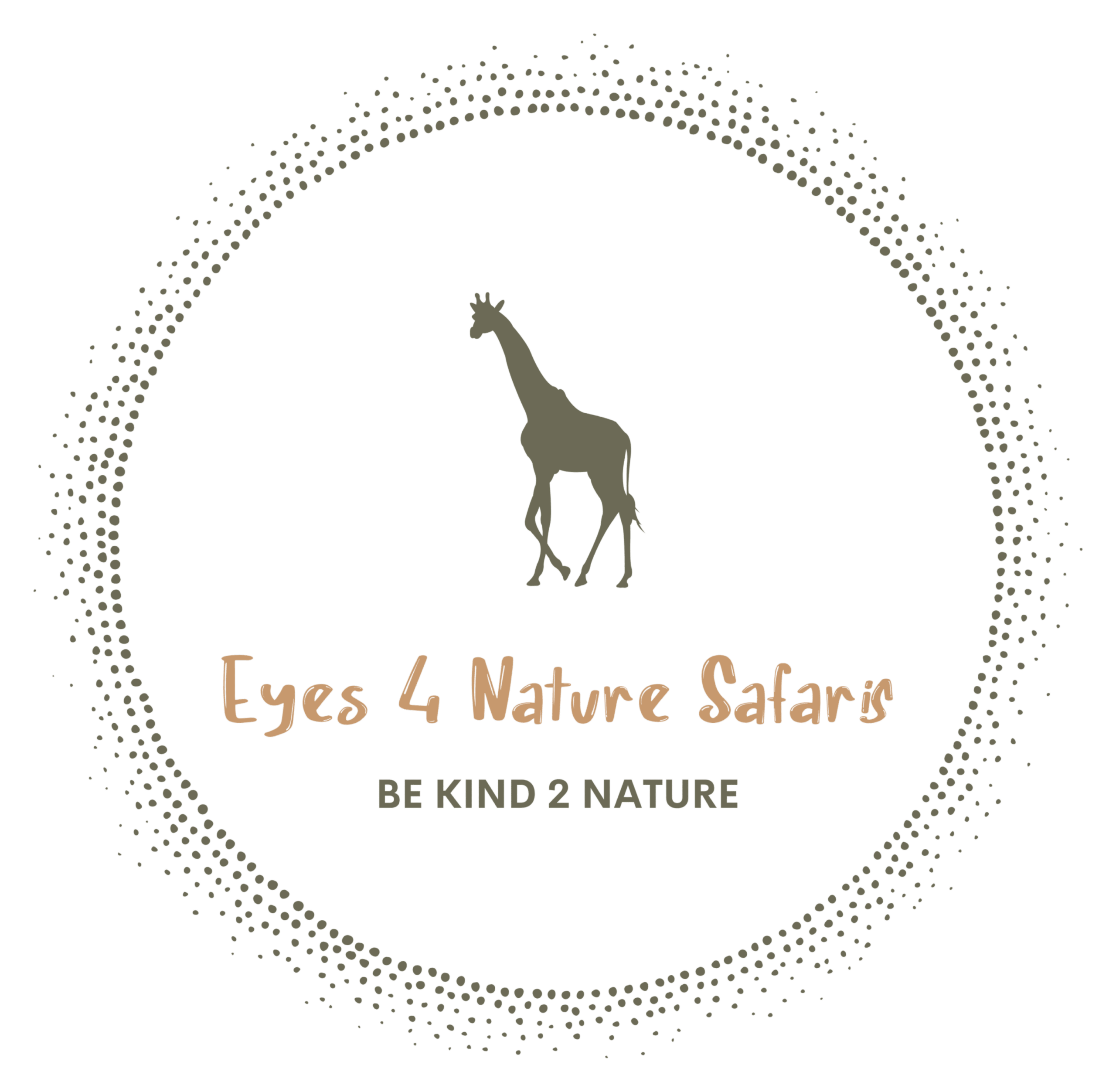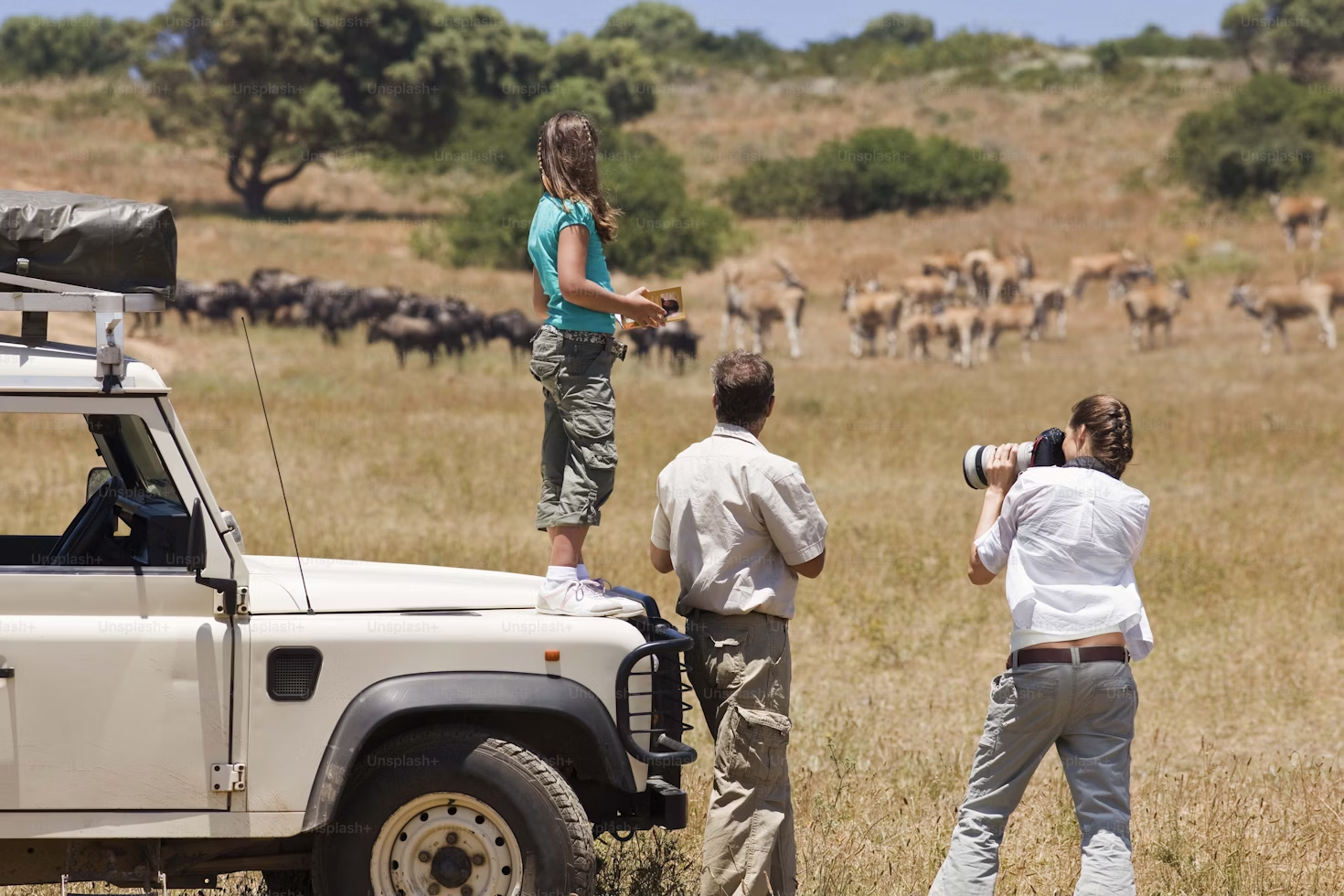
Photography in Tanzania: Top Tips & Ethical Guidelines for Unforgettable Shots
Introduction
Tanzania is pure magic for photographers. The light, the wildlife, the landscapes, the vibrant cultures – it's a sensory overload in the best possible way, offering endless opportunities to capture truly special images. Whether you're wielding a professional DSLR or a smartphone, the key to great safari photography is a mix of preparation, patience, a good eye, and, crucially, respect. I've spent thousands of dawns and dusks in the bush, camera in hand or helping guests get their dream shot, and I can tell you, the thrill of capturing that perfect moment never gets old.
Tanzania is a photographer's dream. This guide by a veteran safari guide offers practical advice on the best camera gear, capturing wildlife action, making the most of the golden hour, and crucial ethical guidelines for photographing wildlife and people respectfully.
Essential Photography Gear for Your Tanzanian Safari:
- Camera Body: A DSLR or mirrorless camera offers the most flexibility. However, modern smartphones with good cameras can also capture amazing shots, especially for landscapes and closer encounters.
- Lenses:
- Telephoto Zoom (e.g., 100-400mm, 200-500mm): Essential for wildlife. Rent one if you don't own one.
- Wide-Angle (e.g., 16-35mm, 24-70mm): For landscapes, camp scenes, and wider wildlife shots.
- Optional: A prime lens (e.g., 50mm f/1.8) for low light or portraits.
- Batteries: Bring at least 2-3 fully charged batteries per camera. Charging opportunities can be limited.
- Memory Cards: Bring more than you think you'll need! High-capacity, fast cards are best.
- Support: A beanbag to rest your lens on the vehicle's window sill or roof is invaluable. A monopod can be useful for stability if you're doing any walking. Tripods are generally cumbersome for game drives unless you're on a specialized photo tour.
- Cleaning Kit: Lens cloth, blower brush for dust (it gets everywhere!).
- Camera Bag: A durable, dust-proof, and preferably water-resistant backpack or shoulder bag.
Apollo's Top Safari Photography Techniques:
- Master the Golden Hours: The light is soft, warm, and dramatic. Early mornings often mean more animal activity too.
- Patience is Your Superpower: Wild animals operate on their own schedule. Be prepared to wait for the action or the perfect pose. Sometimes the best shots come after an hour of just observing. I once waited three hours for a leopard to descend a tree, and the resulting photos were worth every second.
- Get on Eye Level (Safely!): Photos taken from an animal's eye level are often more engaging. Use your beanbag on the car door.
- Composition Matters: Think about the rule of thirds, leading lines, and framing your subject. Don't always center the animal.
- Focus on the Eyes: Sharp eyes are key to a compelling wildlife portrait.
- Anticipate Action: Learn a bit about animal behavior. Your guide is invaluable here – they can often predict what an animal might do next.
- Shoot in Bursts (Continuous Mode): For action sequences like a bird taking flight or a chase.
- Don't Forget the Details: Feathers, a lion's mane, the texture of an elephant's skin can make beautiful abstract shots.
- Tell a Story: Show the animal in its environment. A tiny dik-dik in a vast plain can be as powerful as a close-up.
- Communicate with Your Guide: They can position the vehicle for the best light and angles. Don't be afraid to ask (politely!) if a slightly different position would help.
Ethical Photography – "Picha na Heshima" (Photos with Respect): This is paramount. Your desire for a photo should NEVER compromise the well-being of wildlife or the dignity of people.
- Wildlife Ethics:
- Maintain a Respectful Distance: Your guide will ensure this. Never pressure them to get closer than is safe or comfortable for the animal.
- No Baiting or Calling: Don't try to attract animals with food or sounds.
- No Flash Photography: Especially for nocturnal animals or when close. It can startle or even temporarily blind them.
- Be Quiet: Loud noises can stress animals and ruin sightings for everyone.
- Limit Vehicle Crowding: If multiple vehicles are at a sighting, be patient and allow everyone a turn.
- Never Interfere with Natural Behavior: Don't block an animal's path or chase them.
- Photographing People:
- ALWAYS Ask Permission First: This is the most important rule. A simple "Jambo! Naomba kupiga picha?" (Hello! May I take a photo?) with a smile goes a long way. Your guide can help.
- Respect a "No": If someone declines, accept it graciously and move on.
- Show Them the Photo: People often enjoy seeing their picture on your camera screen.
- Avoid "Human Safari" Mentality: Don't just stick your lens in someone's face. Engage, interact, and then perhaps ask for a photo.
- Consider a Small Token (with discretion): If you've spent significant time in a village or with a family, and they've been welcoming, you might consider offering a small, appropriate gift or a tip if it feels right and isn't just payment for a photo. Discuss with your guide.
- Children: Be especially mindful. While children are often eager to be photographed, ensure it's a positive interaction.
Drone Photography in Tanzania: Using drones in Tanzanian National Parks and Conservation Areas is highly restricted and generally requires official permits obtained well in advance. Do not assume you can fly your drone. Penalties for unauthorized use can be severe. It's best to leave it at home unless you have explicit, written permission from the relevant authorities (TANAPA, NCAA).
Protecting Your Gear: The African bush can be harsh on equipment. Protect your camera from dust (a shower cap can be a cheap, effective dust cover in an open vehicle), heat (don't leave it in direct sun), and occasional rain.
Capturing the soul of Tanzania through your lens is an incredibly rewarding experience. Go with open eyes, a patient heart, and a respectful attitude, and you'll come home with images that tell beautiful stories.

Apollo's Recommendation
“**Invest in the best lens you can afford, and learn to use your gear *before* you arrive.** A telephoto zoom lens (something like a 100-400mm or 200-500mm) is your workhorse for wildlife. But don't get bogged down in gear obsession. The "golden hours" – an hour or so after sunrise and before sunset – offer the most beautiful light. Be patient; wildlife photography is often a waiting game. And most importantly, **always put the welfare of the animals and the dignity of people first.** A great photo is never worth stressing an animal or disrespecting a local.”
About the Author
APApollo
Safari Photography Mentor
Former park ranger with over 7000 days of safari experience
Photography in Tanzania: Top Tips & Ethical Guidelines for Unforgettable Shots
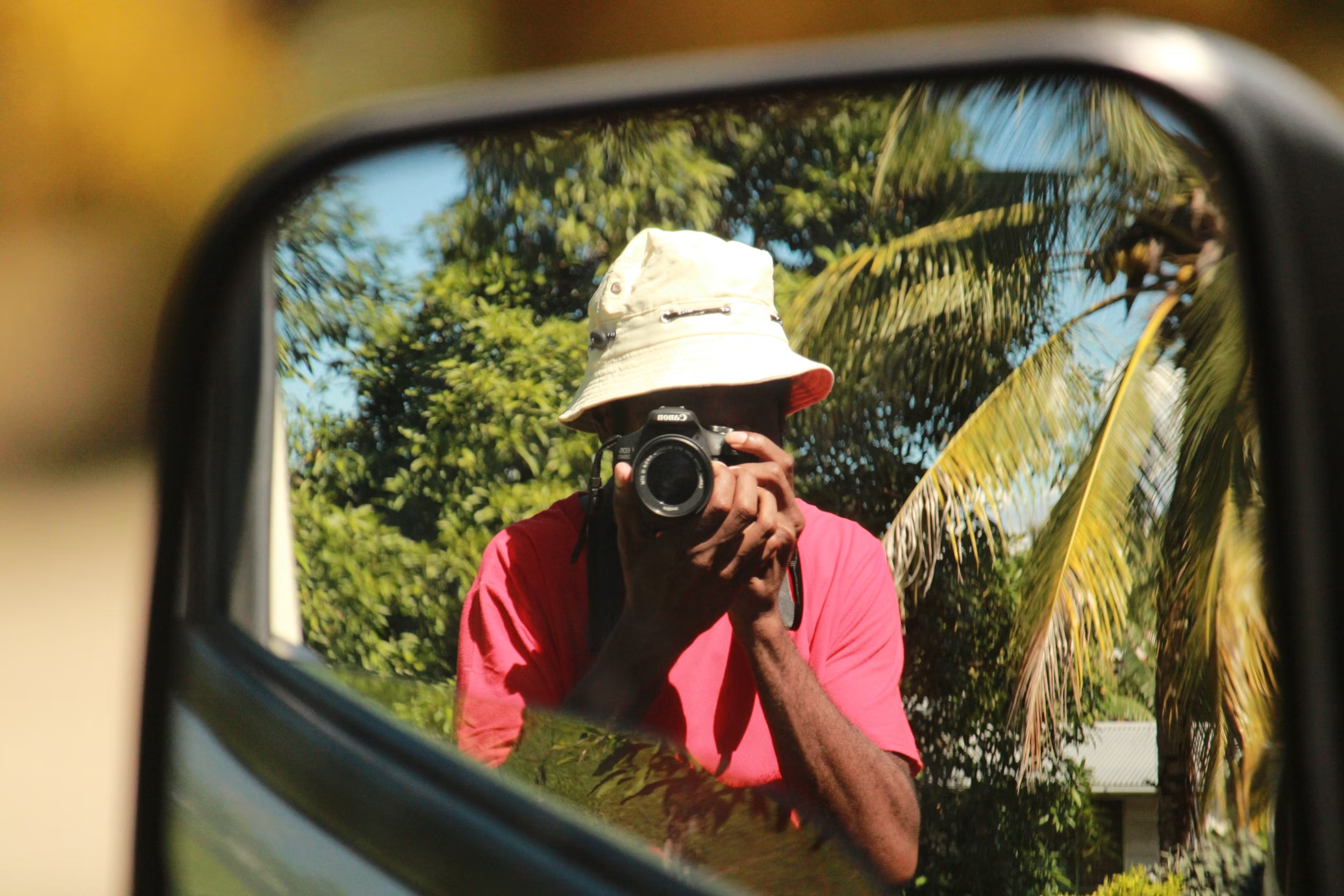
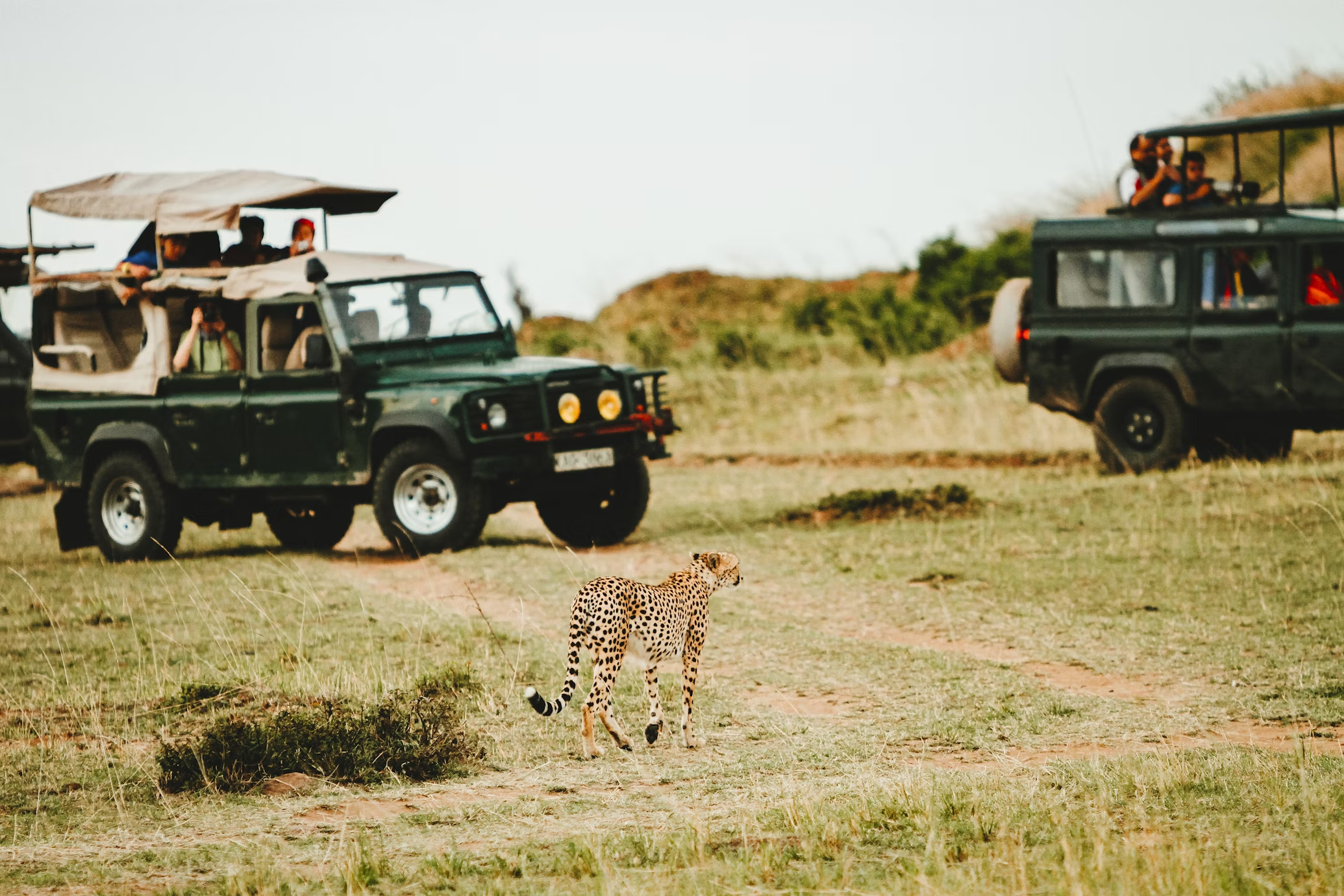
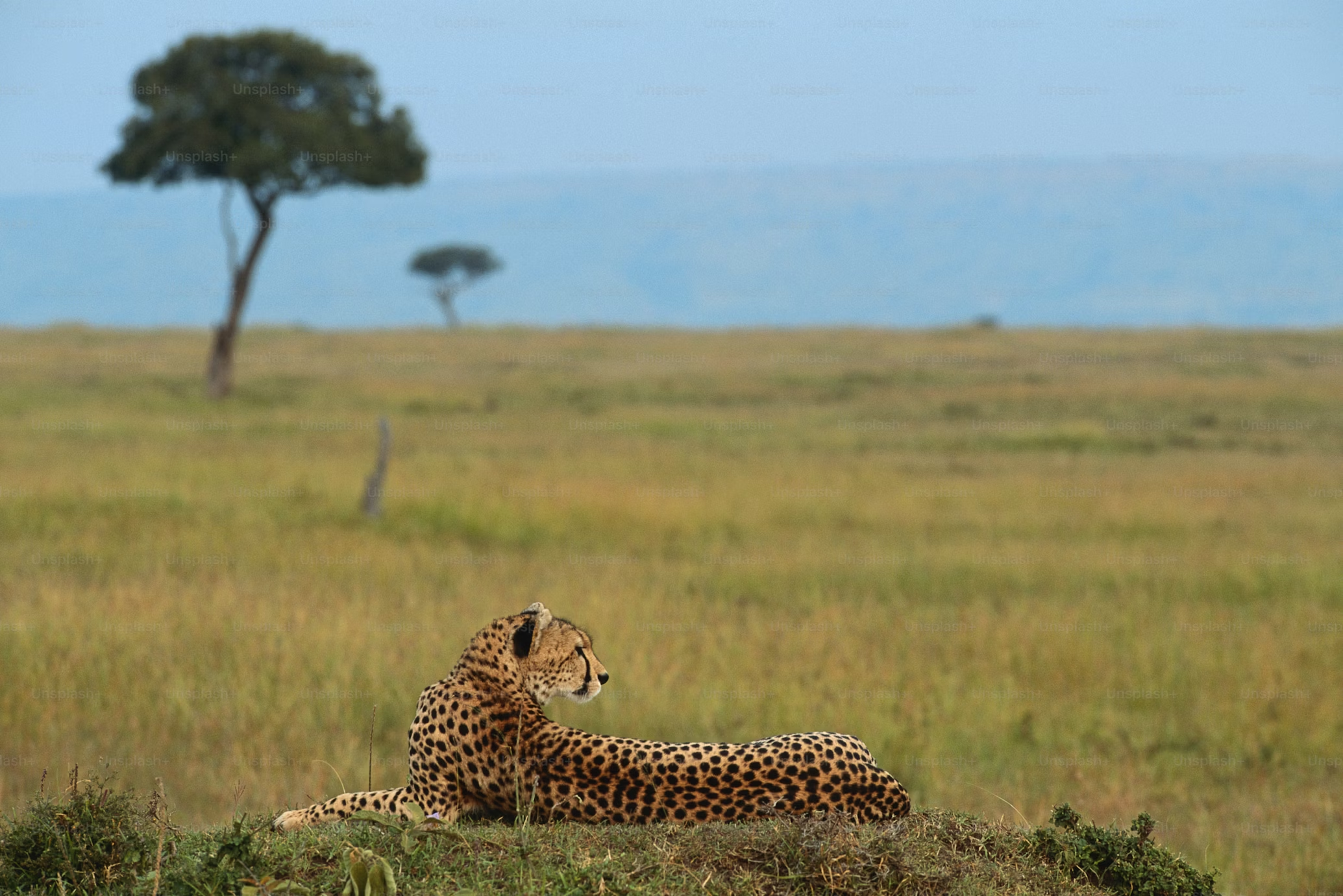
Ready to explore this highlight?
Contact us to plan your perfect safari experience that includes a visit to this amazing destination.
Ready to Experience Tanzania?
Browse our safari tours to start planning your adventure.
View Safari Tours